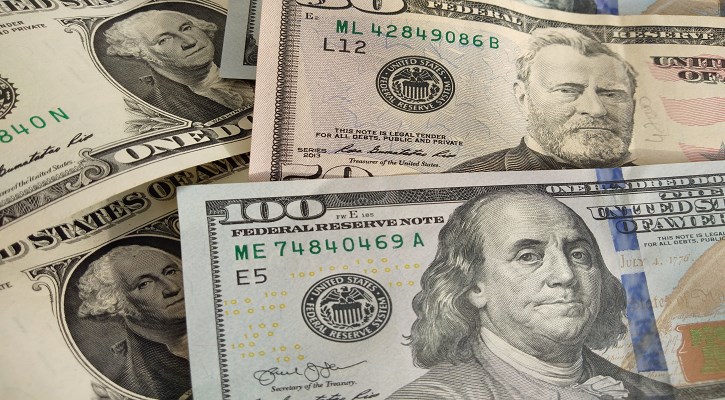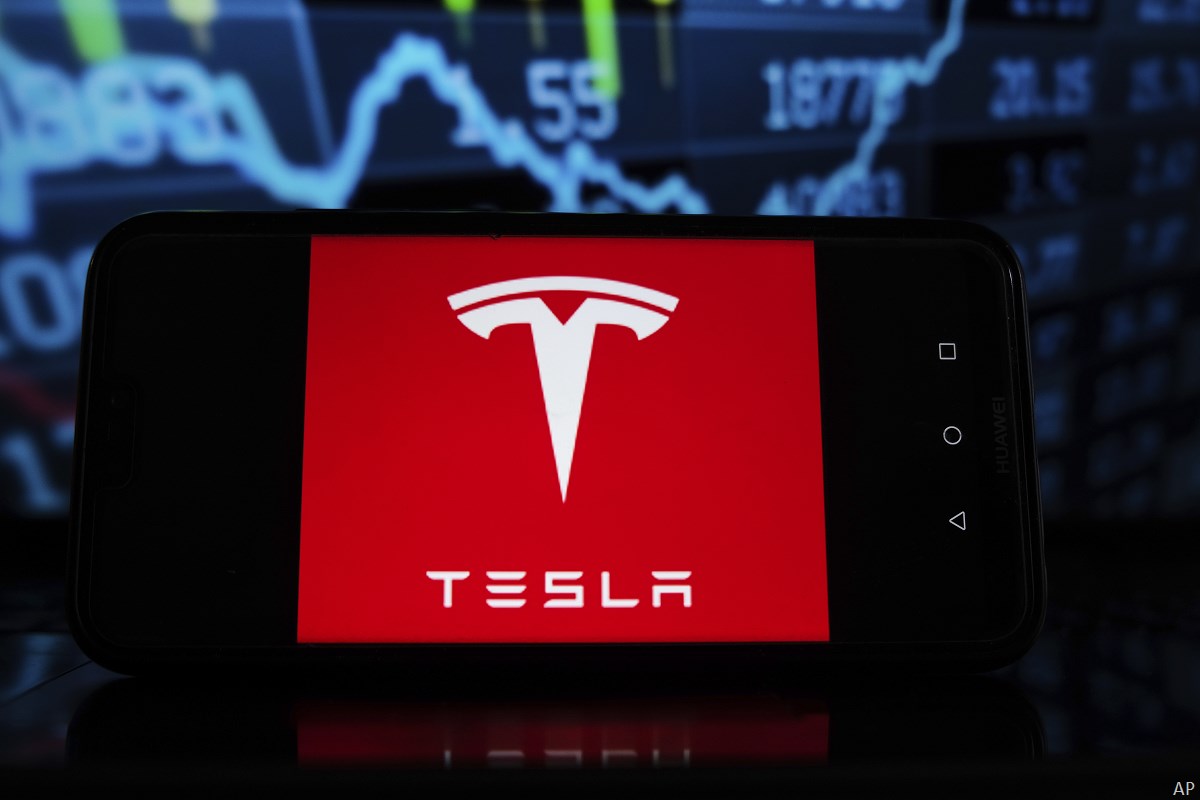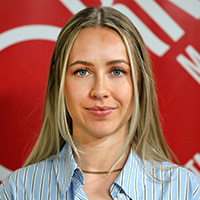
Thematic funds are on an impressive run. Investors are falling head over heels for investing in different sectors, and fund houses are doing their best to capitalise. But while it seems to be working for now, prospects change over time. Our analysts have put together a report on the thematic fund landscape, and here are the 10 things we learned from it.
A Thematic Fund Invests in, Well, Themes
A thematic fund selects its holdings based on a specific investment theme – a “secular growth theme”, as it is called in the report. Thematic funds can be traced back to the end of the second world war, where a Chicago fund sought to profit from the booming television industry. Thematic ETFs came later, in the 2000s. Examples might include funds that invest in the theme of water scarcity, robotics, artificial intelligence, or medicine and healthcare.
Interest is Growing
Investor interest in thematic funds has increased dramatically in recent years, particularly since the beginning of the global coronavirus pandemic. In the trailing three years to the end of 2021, assets under management in these funds grew nearly threefold to $806 billion worldwide. This represented 2.7% of all assets invested in equity funds globally, up from 0.8% 10 years ago.
The Universe is Growing Too
The number of thematic funds has multiplied. A record 589 new thematic funds debuted globally in 2021, more than double the previous record of 271 new launches in 2020. And, there are a lot of different categories you can invest in. Themes usually follow macroeconomic or structural trends, for example a focus on Generation Z-stocks, cannabis, or even space travel. Morningstar’s framework arranges the universe into four broad buckets: technology, physical world, social and broad thematic.
Europe Loves a Theme
Europe is the largest market for thematic funds, accounting for 55% of global thematic assets. The growth is uneven across geographies, but all regions have seen net inflows over the past three years. Globally, this was $188 billion in 2021 alone, up from $139 billion in 2020.
Tech Triumphs, But Energy Transition is Still Key
Funds tracking multiple technology themes represent the most popular thematic grouping globally, with $105 billion in combined assets. The theme secured the largest share of flows in 2021, at which point they held half of assets in thematic funds globally. The cohort includes the largest thematic fund globally, ARK Innovation ETF. Behind technology is energy transition with $98 billion. The grouping skyrocketed after US President Joe Biden pledged billions of dollars of government support for green infrastructure in late 2020.
Thematics Favour Growth
Thematic funds tend to spring forth from growth narratives. In total, 72% of thematic funds that plot in the Morningstar Equity Style Box exhibit a growth bias, while just 6% have a value tilt. This shouldn't be a surprise, as most thematic funds are seeking to tap emerging themes with large growth potential, such as the above-mentioned technology and energy transition categories.
Actives May Rule, but Not in the US
Actively managed funds account for about three quarters of assets invested in thematic funds – but there is a geographic difference. About 90% of assets are actively managed in Europe, while 71% of assets are passively managed in the US. Pictet Asset Management is the largest thematic fund provider in Europe.
Long-term Results are Lacking
Since the start of the pandemic, several of these funds did well: more than a half of the vehicles in our global universe both survived and outperformed the Morningstar Global Markets Index over the past three years. However, success rate drops when we look at longer periods of time. Over a five-year period, the success rate drops to 39%, while over 15 years, only one in 10 funds survived and outperformed. According to Morningstar’s analysts, thematic funds' lackluster long-term performance can be partly explained by the fact their fees tend to be higher than those of their non-thematic counterparts.
Investors Are Getting Confused
With growing interest and a growing universe comes growing confusion. How are you meant to navigate an endless supply of ever more niche and complex investment strategies from asset managers? Investors are now demanding greater clarity with respect to how these funds are built and how they might (or might not) fit within their portfolios.
Our Taxonomy Has Changed
In order to support investors in the thematic space, we have updated our global taxonomy so it is based on intentionality rather than holdings, so investors can more readily compare funds. Building on our analysts’ previous work, the report presents enhanced data based on natural language-processing technology (there might be a thematic fund for that) to construct an even more complete picture of the global thematic fund market than was previously possible.
We have relied on a combination of fund names and information gleaned from prospectuses, marketing materials, index methodologies (in the case of index funds), and data points available within Morningstar Direct, such as investment objective, where possible.
To read the report in full click here





























